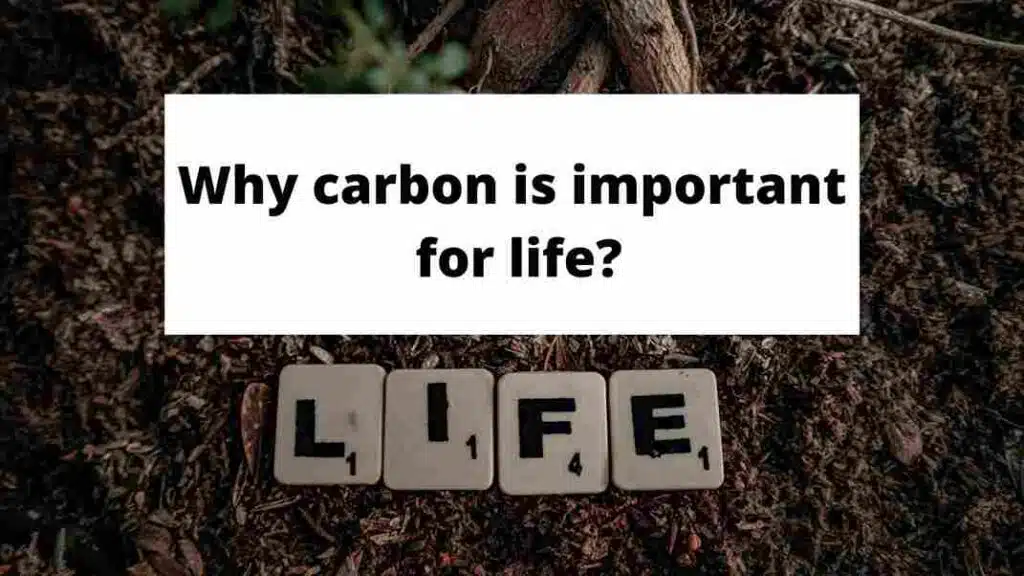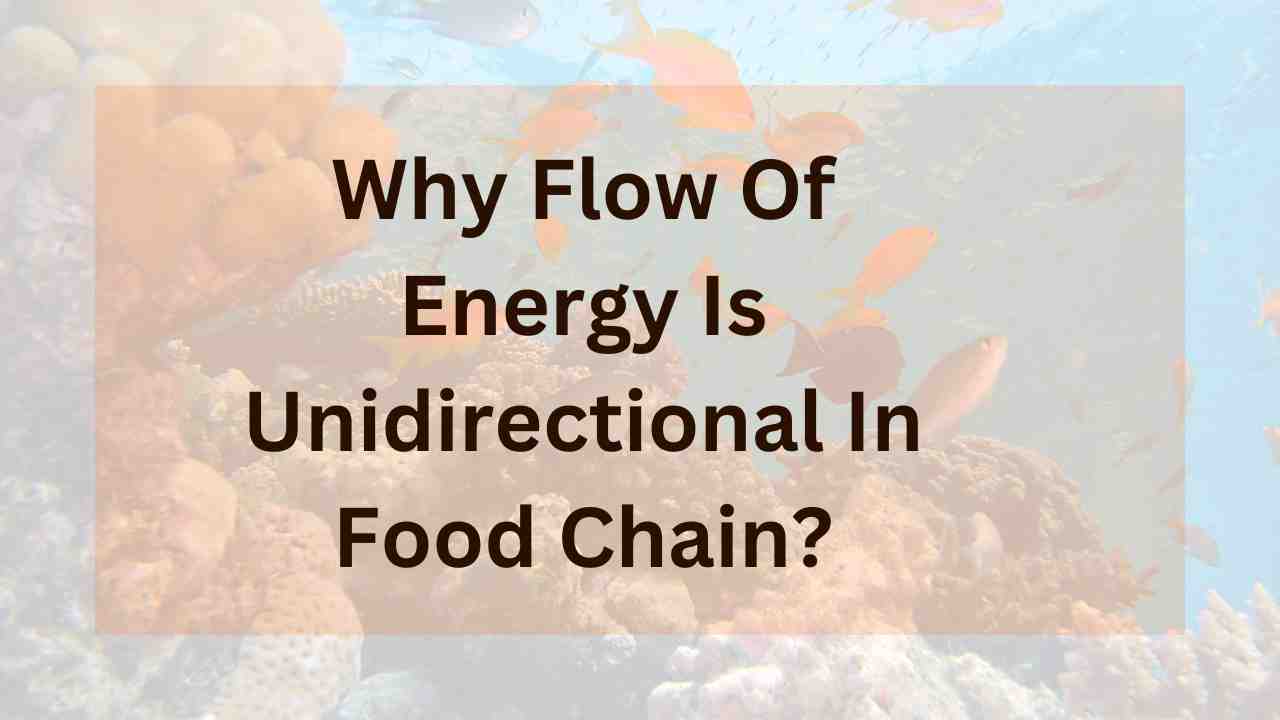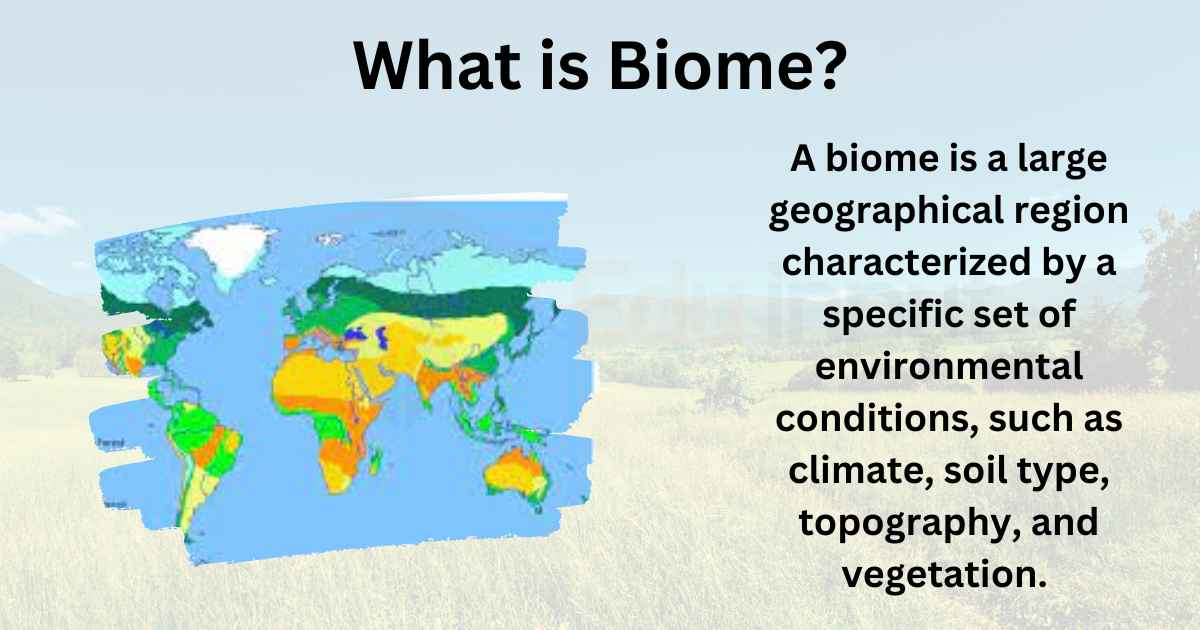Why is carbon important to life? An in-depth review

Carbon is one of the most basic building blocks of life. Without it, we would not exist. Carbon is so important that it can be found in everything from the air we breathe to the earth that we walk on. It is also the reason that our planet is still here.
We have been talking about the importance of carbon since the first day of class, but did you know that there are several different types of carbon? In this post, we will go over the different types of carbon that are essential to life, what they do for us, and how they affect our environment.
Let us discuss why is carbon important to life?
1. Carbon Cycle
It is a very complicated cycle, but the basic idea is that carbon atoms are constantly moving around the Earth. Carbon atoms enter the atmosphere, where they combine with oxygen to form carbon dioxide.
The carbon dioxide is released into the air. It travels through the air, and some of it enters the oceans. As the carbon dioxide moves through the ocean, it combines with minerals in the water to form a substance called carbonate.
The carbonate is then taken up by living organisms in the ocean. The organisms use carbonate to make their own bodies. The carbonate is then returned to the atmosphere as the organisms die.
2. The Carbon Cycle and Life
There are so many interesting facts about our world that people are interested in knowing. One of them is the carbon cycle. It is an ongoing cycle of events that take place between the atmosphere, oceans, land, and living organisms.
Every living organism that exists has a certain amount of carbon dioxide. This is produced from the respiration of the organism and from the burning of fuels such as wood, coal, or petroleum. The process of breathing in and out produces carbon dioxide and it is released into the air.
Now, carbon dioxide is a green gas that is invisible. It is a colorless gas that dissolves in water and is the reason why the sky is blue. Once dissolved, it is then transported to the ocean and stored there.
After a while, the sea creatures use carbon dioxide and use it to build shells. Some of the sea creatures that do this are crabs, mussels, clams, and oysters. These are called bivalves.
The shells that the bivalves produce are limestone and calcium carbonate. The carbon is recycled back into the air. However, the process of recycling back into the atmosphere takes a long time because of the distance that the carbon has to travel.
Carbon dioxide is used by plants as a food source. When the plants grow, they make use of the carbon dioxide that is in the air. Then, the plants put the carbon dioxide in the plant cells.
The carbon is used to build the plant tissues. The plant tissues contain cellulose, which is a sugar that the plants absorb from the air. The plant tissues are then converted into new plants. The carbon is also used to build the plant seeds.
When the plants die, they decompose and release the carbon into the soil. The soil is then returned to the air. It is through this process that the carbon is recycled. It takes about 200 years for one ton of carbon to return to the atmosphere.
The atmosphere is the most common place where carbon is released. But, there are other places where the carbon is released. One of them is the ocean.
3. The Carbon Cycle and the Atmosphere
The Earth is a planet that has life. In order for life to exist, the atmosphere must be there. When you think about the atmosphere, you should think about the atmosphere of the Earth.
As you know, the atmosphere is made up of the air, which is made up of gases and water. The carbon cycle is very important to understand because it affects the atmosphere.
The carbon cycle can be broken down into two parts, the land, and the ocean. All of the carbon dioxide in the atmosphere comes from the land. So, when it gets there, it becomes carbon dioxide. Some of this carbon dioxide goes back into the oceans.
When the carbon gets into the oceans, it turns into limestone, which is a white, solid substance that looks like stone. This limestone sinks to the bottom of the ocean and stays there.
Some of this limestone is buried under the ground, so some of it comes back up into the atmosphere. But, most of it stays buried. When the atmosphere gets carbon dioxide, it changes into oxygen. This is because the oxygen molecules absorb carbon dioxide.
When the oxygen is absorbed, it leaves behind the carbon. Then the carbon gets turned into carbon dioxide and is released into the atmosphere.
The carbon cycle is very important. It makes sure that the atmosphere does not get too much carbon dioxide. If it did, it would become a problem for us. Also, the carbon cycle keeps the air fresh and clean.
4. Carbon Cycle and the Oceans
There are two ways in which carbon enters the oceans. First is the carbon dioxide from the atmosphere, and the second is from the carbon of ocean plankton. If you take away these two things from the oceans, you will have no more life on earth.
In the ocean, there are two places where carbon is stored. One place is the deep sea and the other one is the surface of the ocean. There is not much difference between the two places. The reason for this is that the water is very heavy and it doesn’t go very fast. Because of this, the carbon is not able to flow.
The carbon cycle consists of different living things that use the carbon from the surface of the oceans. The first one to use the carbon is the algae. Algae are plants that live in the water. They make energy from sunlight using photosynthesis.
The plant leaves are made of organic materials and contain carbon. The carbon makes the plant cells and helps the plant produce sugars and proteins. Then the algae eat the carbon to produce more energy. This process takes place on the surface of the ocean.
The carbon of the ocean plankton is also eaten by bacteria and animals called zooplankton. The zooplankton feed on the small animals called phytoplankton. These creatures have little carbon, but they are essential to the whole process.
When the zooplankton feeds on the phytoplankton, they absorb the carbon from the plankton. When the zooplankton dies, the dead bodies sink to the bottom of the ocean. The dead bodies carry with them the carbon. The dead bodies are decomposed by bacteria.
This makes the carbon of the dead bodies available for the plankton. It means that the carbon cycle continues and the carbon enters the oceans in an endless cycle.
5. Carbon Cycle and the Human Body
Carbon is a major element found in everything around us. It is one of the most important elements in the Earth’s crust. Carbon is also an important element for human beings. We need carbon to be able to survive.
Our body is made of carbon. Carbon is present in our blood, skin, hair, teeth, and bones. We can’t live without it. We even eat carbon when we eat plants. We can’t live without it. We need it. Carbon is also necessary to make energy. It is in all living things.
Humans need carbon in order to grow and develop. The Earth’s atmosphere contains nearly 400 billion tons of carbon. Carbon also helps to make plants grow. It plays a vital role in helping plants to absorb sunlight and grow.
Plants depend on carbon to make their roots, stems, and leaves. Without carbon, plants would not be able to grow. Carbon is also necessary for animal growth and development. Animals need carbon to stay alive and grow. It makes them healthy.
Conclusion
In conclusion, it’s vital to understand the importance of carbon to life on Earth. We need to do our part to help the planet stay healthy and habitable for future generations. We must take action to prevent the degradation of our atmosphere and environment.
FAQs
1. What is carbon’s role in the environment?
Carbon has many different uses in the environment. It is used in the atmosphere as a greenhouse gas and helps regulate temperature. It is also used in the ocean to make shells for marine animals.
2. What is carbon’s role in our bodies?
Carbon is an essential part of all living things. It is used in the formation of proteins, which help us grow and repair ourselves.
3. How do we use carbon?
Carbon is used in many ways in our bodies. It is used to make bones, muscles, blood, and hair.
4. What is carbon’s role in the environment?
Carbon has many different uses in the environment. It is used in the atmosphere as a greenhouse gas and helps regulate temperature. It is also used in the ocean to make shells for marine animals.
5. What is carbon’s role in our bodies?
Carbon is an essential part of all living things. It is used in the formation of proteins, which help us grow and repair ourselves.






Leave a Reply